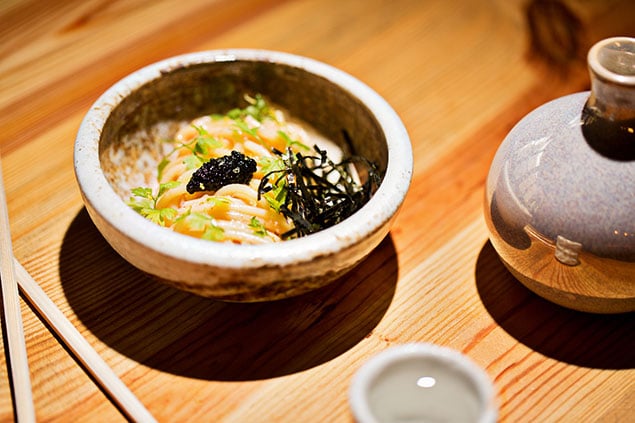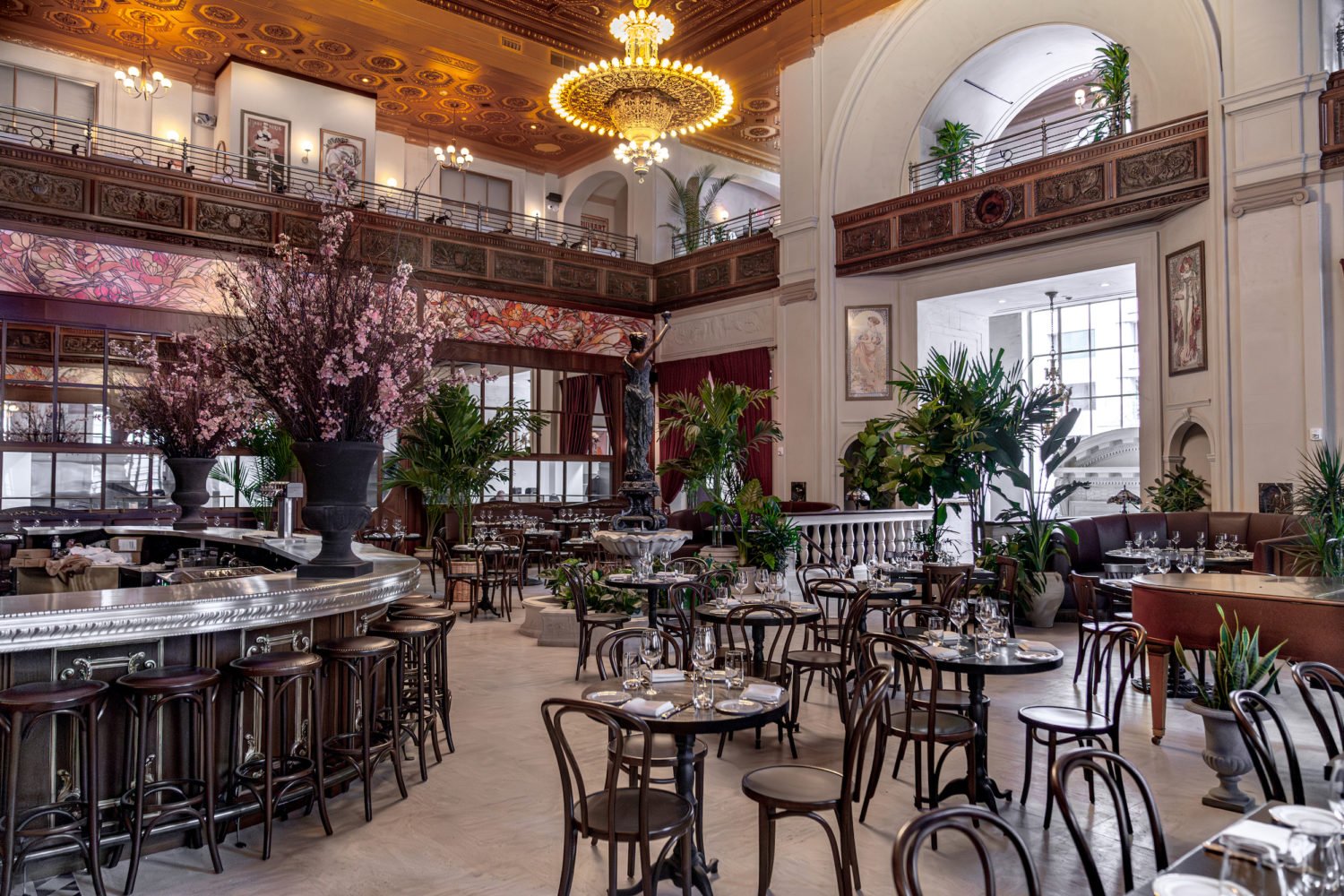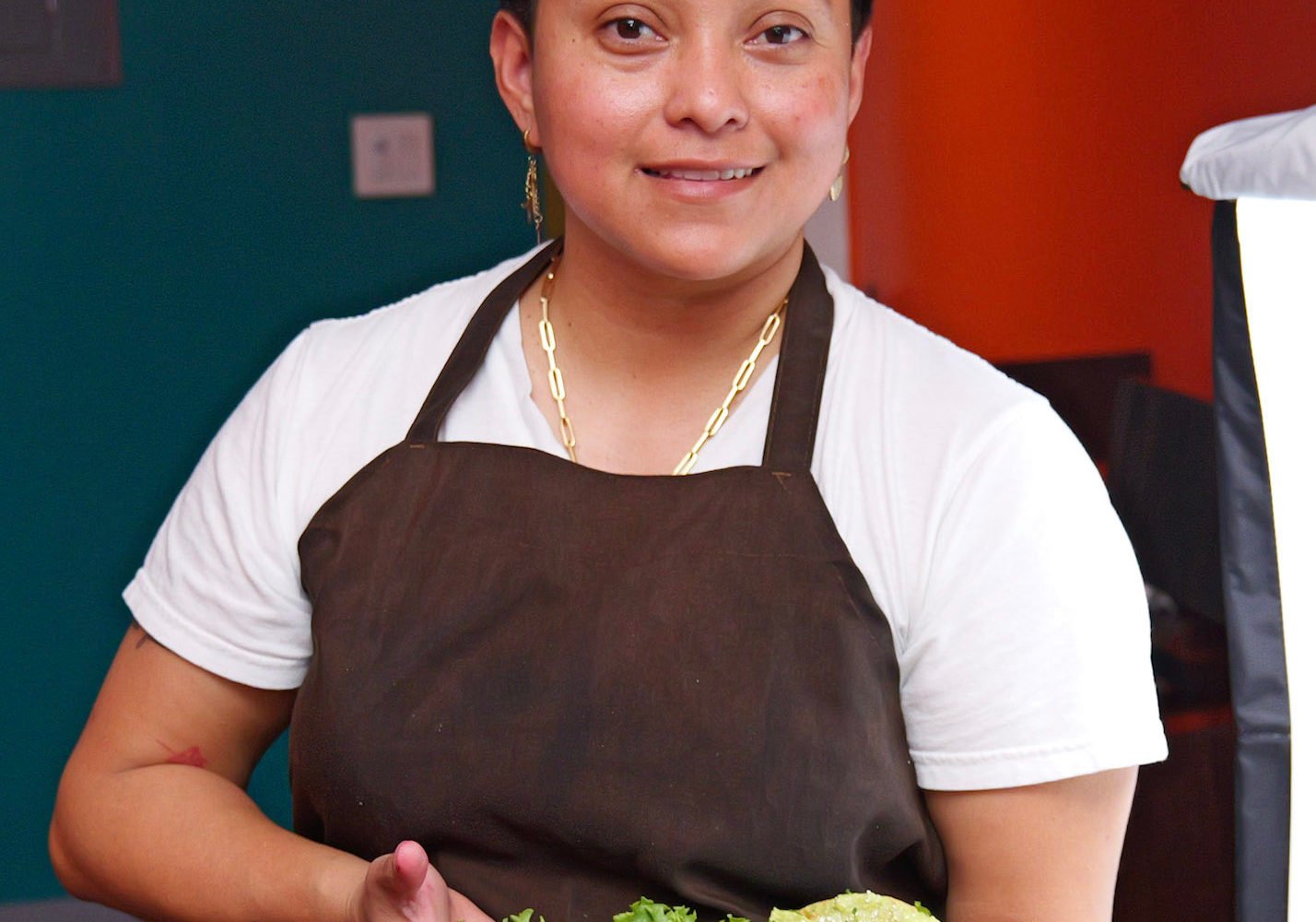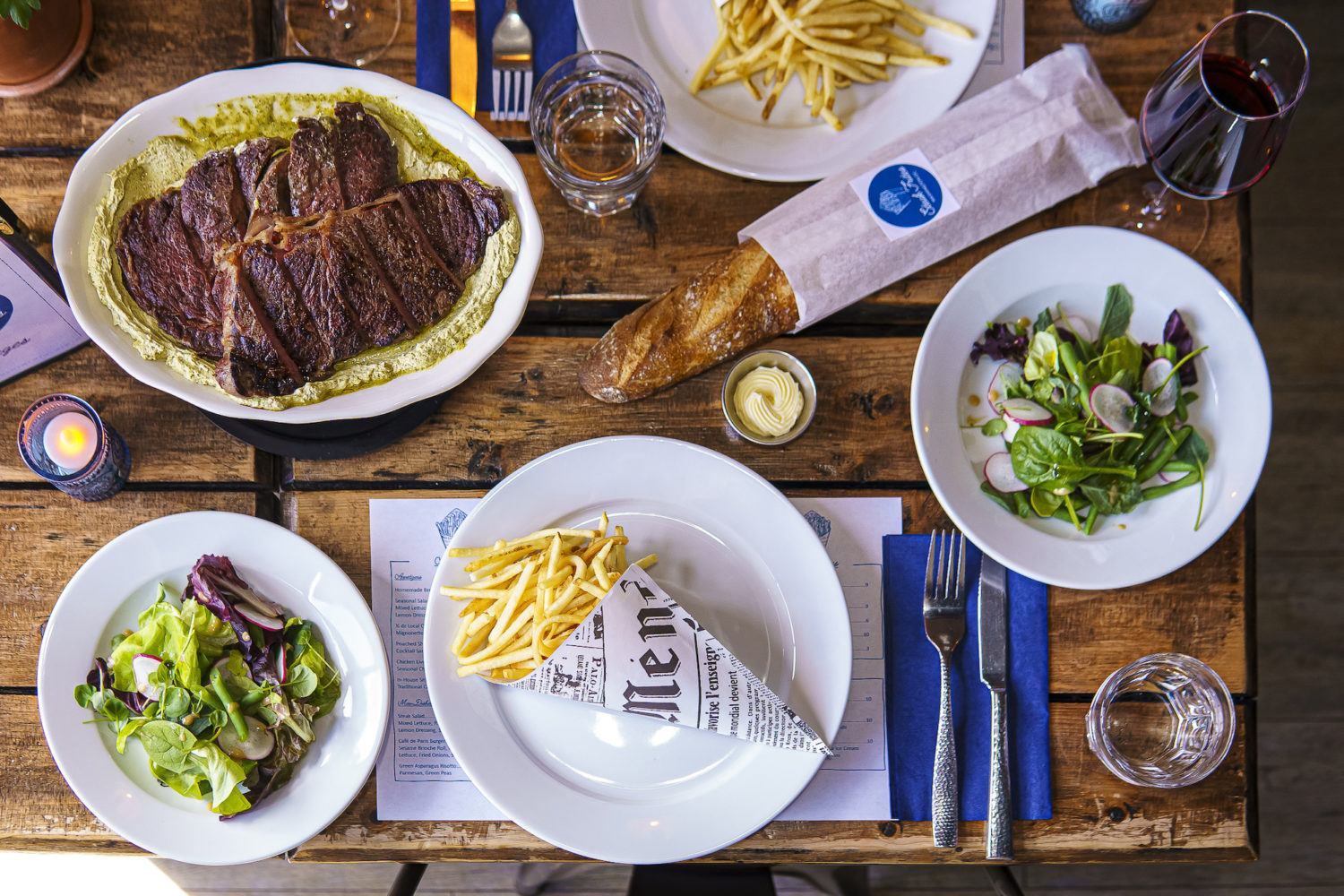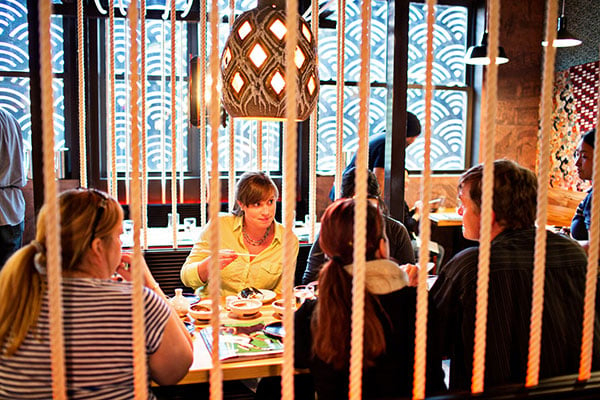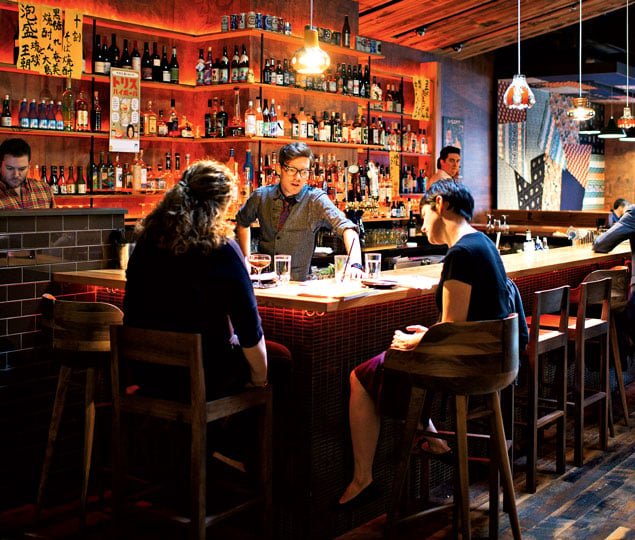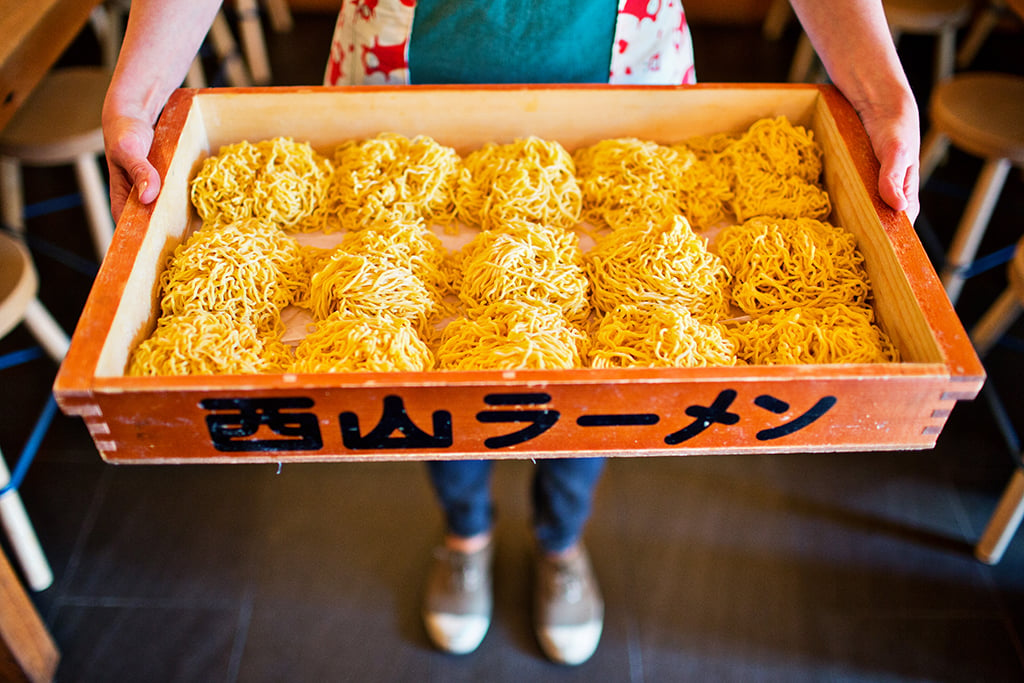The tattooed young woman greeted us at the host stand, exuding attitude the way some women exude perfume. You might have supposed that Daikaya was a swank and exclusive club.
It sounded like it. The music was cranked to what must have been 10, and as my wife and I walked through the tiny restaurant, the rap rained down on us, a torrent of stuttering beats. The message was not just loud; it was clear: If you can’t hack listening to an emcee taunt his rivals with “motherf—er,” then maybe you should stick to family-style chain restaurants.
We settled in at the counter in the rear, watching three strapping young cooks show off their speed and skill, slapping hands between tasks like ballers after an alley-oop and calling one another “bro.”
All this bluster for soup?
But of course, Daikaya, which set up shop this spring across from the Verizon Center, doesn’t serve just any soup. No, no: It serves the soup of the moment, a dish that most embodies what the high-minded indie restaurant is these days: small, pork-centric, and manned by a brigade of cooks who look like convicts and work with the delicacy of brain surgeons.
If you guessed ramen, then you’ve probably got a dog-eared, miso-stained copy of David Chang’s Momofuku cookbook.
If your first thought is “Wait—that junk I ate in college when I didn’t have any money?,” then a little background is in order.
What Daikaya and its ilk—including Toki Underground and a slew of wannabes—are putting out is to the packaged stuff what seared tuna is to canned fish. This is an amped-up, cheffed-up concoction, starting with the complex broth that provides its deceptively simple foundation. There are four at Daikaya, among them the delicate shio and the soy-flavored shoyu, which is so porky it’s like slurping down liquefied barbecue (in the best sense). The noodles are flown in from Japan—few ramen joints in the States make their own—and they have the springiness of al dente pasta.
Good as the noodles are, they’re almost beside the point. The stars are the wok-charred bean sprouts, which lend the bowls the sort of vegetal bitterness that chopped celery brings to heavy cooking. I would have been deliriously happy with just those smoky sprouts, a runny egg, and crisp strips of seaweed. The pork and pork belly, given top billing, are tough and fatty and not worth more than a couple of bites.
Other than a tray of the pan-fried dumplings called gyoza (mine were greasy), that’s it for eats. This is where we are in the era of the micro-niche: restaurants with smaller menus than most food trucks have. The beer list is considerably larger. You can also opt for a cold sake, but with all the pork fat to contend with, you might not be able to taste it. Heck, you might even mistake it for a glass of water. If you’re officially interested in not tasting something, the menu offers an opportunity to buy the cooks a six-pack of beer.
Upstairs is the izakaya, a loft-like bar and grill done up in wallpaper made from Japanese manga, the freewheeling comic books that have become a hit in the West. The mood is dark, almost secretive—a place you’re meant to stumble upon and discover.
It’s not for nothing that owner Daisuke Utagawa, who co-owns Sushiko, and chef Katsuya Fukushima stuff their menus into Japanese guidebooks and fashion magazines and make you hunt for them like some overwhelmed tourist. You’re meant to get lost. Both times I visited the izakaya, my friends were bewildered by the exoticism of the dishes and begged me to do the ordering.
Fukushima, 40, was born in Okinawa, grew up in Maryland as an Army brat, and made his reputation working for José Andrés. The izakaya—a kind of Japanese tapas bar—is so perfect a fit for his sensibilities, it’s a wonder it took this long for him to realize it. He understands that the smaller the plate, the bigger the flavor must be, that each dish ought to deliver an explosion or a surprise or must unfold in layers, revealing itself as it goes. What a small plate can’t ever be is boring.
Even the pickles are startling; flavors range from sweet to tangy to something approaching the funkiness of Époisses cheese.
Fukushima describes his approach as “freestyle,” and at his best he puts you in the mind of the irreverent mixmaster, changing rhythms and reworking a song we think we know . . . until we don’t know it anymore. We might be able to make out the melody, but we’re probably too busy grooving on his smart, globally inspired gloss to care.
“Wasabi octopus” sounds Japanese, but with its drizzle of Spanish olive oil and trompe l’oeil presentation—apples and octopus are cut into near-identical cubes—it comes across as an outtake from the lab of Team Andrés. Avocado isn’t alien to the izakaya, but you’d never find it halved, salted, and slapped on the grill until it takes on the appearance of a crosshatched porterhouse, a ponzu sauce pooled in its midsection. The sight of charred avocado might give you pause—the muddy colors resemble the output of a child who paints without washing his brush—but how many plates manage to be simultaneously smoky, creamy, rich, sweet, and salty? Ankimo, or monkfish liver, is typically served alone, or with a ponzu sauce; Fukushima pairs it with escalivada, a Catalan version of ratatouille. Not only do the veggies mellow the liver’s fishiness, but they can also deceive you into thinking that a sushi-bar standard derives from the Mediterranean.
Not every experiment electrifies; there are times Fukushima would rather be daring than delicious. The waitstaff likes to tell customers that slices of frozen salmon—a Hokkaido-style twist on sashimi—melt on your tongue, and they’re not lying. But whoever said melting salmon was a good thing? Cod-roe spaghetti with chervil and American caviar is like those old Benetton ads: How many countries can Fukushima work into one dish? It’s an interesting exercise—I wouldn’t order it again, but I enjoyed trying to puzzle out what the chef was up to.
There are dishes I didn’t feel compelled to puzzle out and enjoyed more, such as a crab croquette that tasted like a cross between a hushpuppy and a pot pie, or pickled cucumbers with sesame seeds and threads of chili, or a simply grilled oyster with sake.
Your waiter may encourage you to end your night with the onigiri, or Japanese rice balls. Listen to him, and get the pork version. The sandwich-size ball, swaddled in a sheet of seaweed, could hardly look more unappealing. But then you take a bite. The crunch of the seaweed yields to the chewiness of the sweet, sticky rice, and then you get your first taste of the savory pork stew, which instantly changes the experience of the rice and the seaweed.
You know how a perfect hamburger can make you almost indescribably happy? It’s the same feeling. Nothing showoffy. Just a simple thing, sublimely rendered.
This article appears in the June 2013 issue of The Washingtonian.

